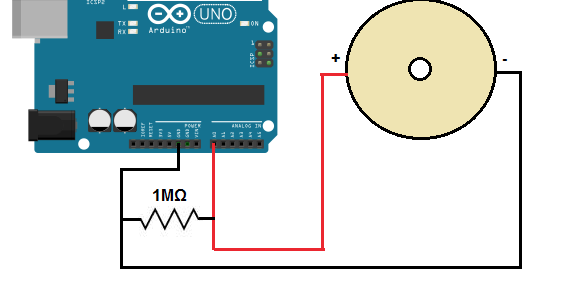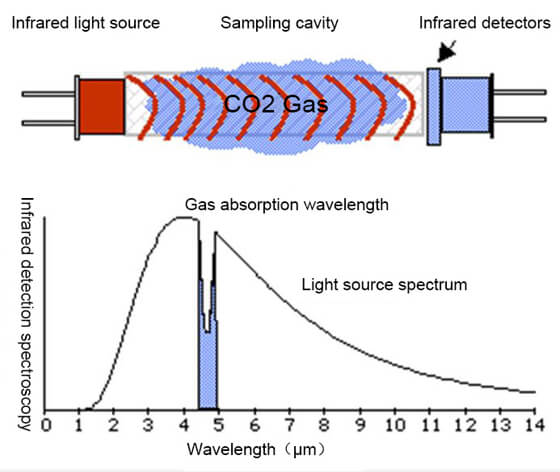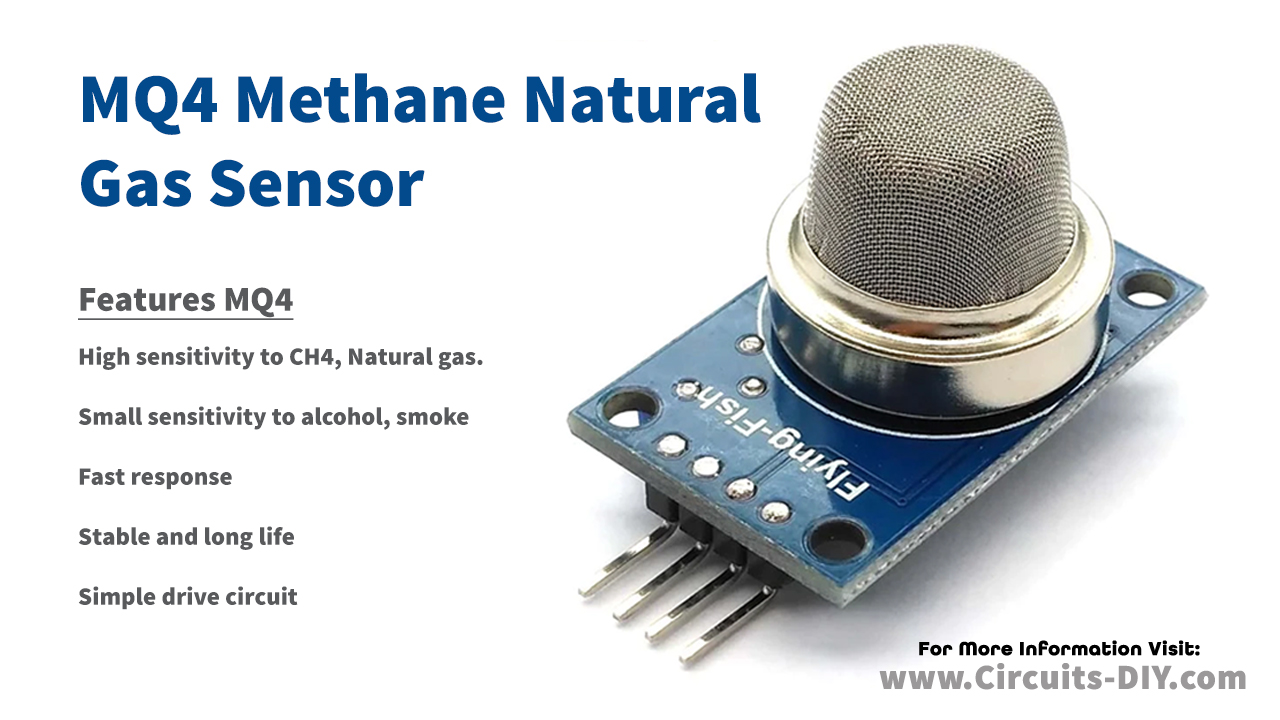How to Use a Piezo Sensor for Impact Detection?
Have you ever wondered how to detect impacts using a piezo sensor? In this article, we will explore the use of a piezo sensor for impact detection and guide you through the process. Piezo sensors are versatile components that can be used in various applications such as electronic drums, knock sensors, and vibration sensors.
So, let’s dive into the world of piezo sensors and learn how to effectively use them for impact detection.
What is a Piezo Sensor?
A piezo sensor is a type of sensor that uses the piezoelectric effect to measure changes in pressure, acceleration, temperature, and force. Piezo sensors generate a voltage signal in response to mechanical stress, making them ideal for impact detection applications. These sensors are known for their high sensitivity and fast response time, making them suitable for capturing sudden impact events.
How Does a Piezo Sensor Work?
When a mechanical stress is applied to a piezo sensor, it generates an electric charge proportional to the applied force. This electric charge is then converted into a voltage signal, which can be read and analyzed by a microcontroller or data acquisition system. The voltage signal produced by the piezo sensor is directly proportional to the intensity of the impact, allowing for accurate impact detection.
Steps to Use a Piezo Sensor for Impact Detection:
- Choose the Right Piezo Sensor: Select a piezo sensor that is suitable for impact detection applications. Consider factors such as sensitivity, response time, and frequency range when choosing a piezo sensor.
- Connect the Piezo Sensor: Connect the piezo sensor to a microcontroller or data acquisition system using suitable cables and connectors.
- Calibrate the Sensor: Calibrate the piezo sensor to ensure accurate and reliable impact detection. Use known impact events to adjust the sensor sensitivity and threshold levels.
- Set Up Data Collection: Set up the data acquisition system to capture and analyze the voltage signals generated by the piezo sensor during impact events.
- Analyze the Data: Analyze the data collected from the piezo sensor to detect and characterize impact events. Use signal processing techniques to extract useful information from the voltage signals.
Applications of Piezo Sensors for Impact Detection:
- Car Crash Detection Systems: Piezo sensors are used in car crash detection systems to trigger airbags and emergency response systems in the event of a collision.
- Sports Performance Monitoring: Piezo sensors are used in sports equipment and apparel to monitor impact forces during training and competition.
- Structural Health Monitoring: Piezo sensors are used in structural health monitoring systems to detect and assess impact damage in buildings and infrastructure.
- Industrial Automation: Piezo sensors are used in industrial automation applications to detect and control impact forces in manufacturing processes.
Overall, piezo sensors are versatile components that can be used for impact detection in a wide range of applications. By following the steps outlined in this article, you can effectively use a piezo sensor for impact detection and enhance the performance of your projects and systems.
So, what are you waiting for? Start exploring the world of piezo sensors and unlock their full potential for impact detection!
How to Use a Piezo Sensor for Impact Detection?
Have you ever wondered how to detect impacts using a piezo sensor? In this article, we will explore the use of a piezo sensor for impact detection and guide you through the process. Piezo sensors are versatile components that can be used in various applications such as electronic drums, knock sensors, and vibration sensors.
So, let’s dive into the world of piezo sensors and learn how to effectively use them for impact detection.
What is a Piezo Sensor?
A piezo sensor is a type of sensor that uses the piezoelectric effect to measure changes in pressure, acceleration, temperature, and force. Piezo sensors generate a voltage signal in response to mechanical stress, making them ideal for impact detection applications. These sensors are known for their high sensitivity and fast response time, making them suitable for capturing sudden impact events.
How Does a Piezo Sensor Work?
When a mechanical stress is applied to a piezo sensor, it generates an electric charge proportional to the applied force. This electric charge is then converted into a voltage signal, which can be read and analyzed by a microcontroller or data acquisition system. The voltage signal produced by the piezo sensor is directly proportional to the intensity of the impact, allowing for accurate impact detection.
Steps to Use a Piezo Sensor for Impact Detection:
- Choose the Right Piezo Sensor: Select a piezo sensor that is suitable for impact detection applications. Consider factors such as sensitivity, response time, and frequency range when choosing a piezo sensor.
- Connect the Piezo Sensor: Connect the piezo sensor to a microcontroller or data acquisition system using suitable cables and connectors.
- Calibrate the Sensor: Calibrate the piezo sensor to ensure accurate and reliable impact detection. Use known impact events to adjust the sensor sensitivity and threshold levels.
- Set Up Data Collection: Set up the data acquisition system to capture and analyze the voltage signals generated by the piezo sensor during impact events.
- Analyze the Data: Analyze the data collected from the piezo sensor to detect and characterize impact events. Use signal processing techniques to extract useful information from the voltage signals.
Applications of Piezo Sensors for Impact Detection:
- Car Crash Detection Systems: Piezo sensors are used in car crash detection systems to trigger airbags and emergency response systems in the event of a collision.
- Sports Performance Monitoring: Piezo sensors are used in sports equipment and apparel to monitor impact forces during training and competition.
- Structural Health Monitoring: Piezo sensors are used in structural health monitoring systems to detect and assess impact damage in buildings and infrastructure.
- Industrial Automation: Piezo sensors are used in industrial automation applications to detect and control impact forces in manufacturing processes.
Overall, piezo sensors are versatile components that can be used for impact detection in a wide range of applications. By following the steps outlined in this article, you can effectively use a piezo sensor for impact detection and enhance the performance of your projects and systems.
So, what are you waiting for? Start exploring the world of piezo sensors and unlock their full potential for impact detection!



